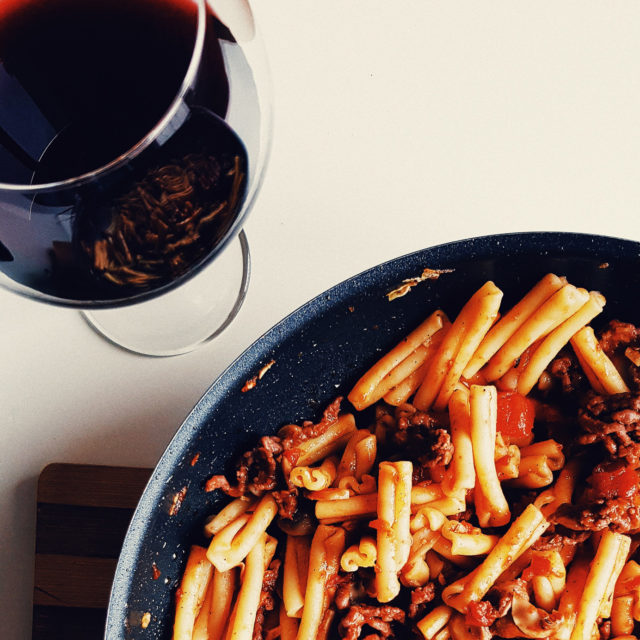Some people proclaim you “must” drink white wine with fish, or that red meat equals red wine; but those people are wrong. When it comes to food and wine pairings, you should really go with whatever suits you.
This said, there are certain pairings that should not be missed. These special combinations make both the food and wine greater than the sum of their parts. VinePair previously explored these combinations through the lens of white wine. Now it’s time to take a look at the reds.
Planning a midweek pasta night or got an aged steak lined up for the weekend? Here are five quintessential food and red wine pairings, and why they work.
Beef Bourguignon and Burgundy
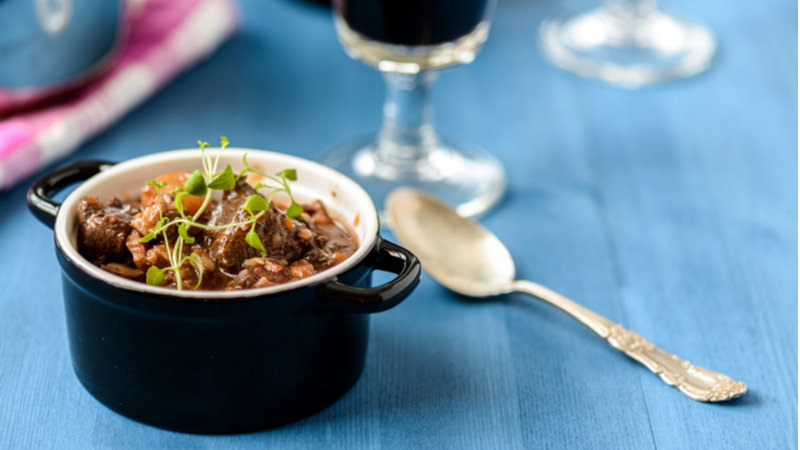
Before globalization, regional recipes made best use of what was on hand. That may have meant developing recipes that paired well with the local wine, or finding the best way to use said wine in a dish. In the case of beef bourguignon and Burgundy, it’s both.
Burgundy typically stars in the dish itself, and for good reason. Fuller-bodied reds might mask the flavor of the meat, whereas wines made using Pinot Noir or Gamay enhance it.
When selecting a bottle to drink with beef bourguignon, if possible — and this can be difficult because of the exorbitant sums Burgundy commands — look for something with a little bottle age. This enhances the nuances of both the dish and the wine. The wine should also be slightly more acidic than the sauce; otherwise the sauce can make the wine taste flat or “flabby.”
Steak and Cabernet Sauvignon
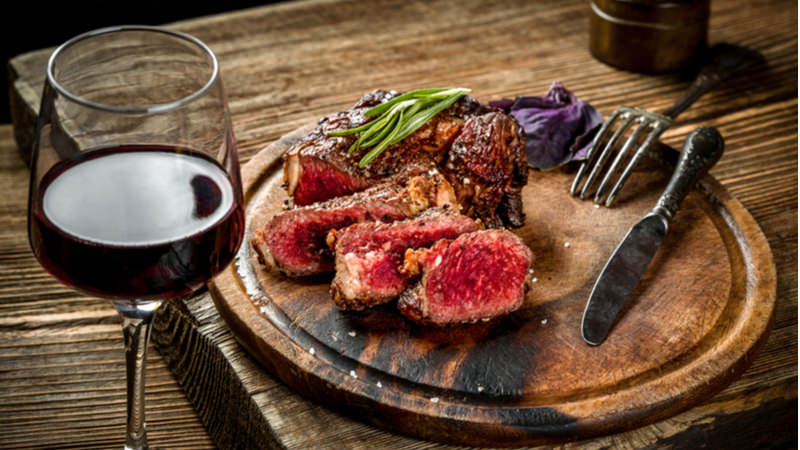
Few pairings are as iconic as big, bold Cabernets and juicy chops. Quality steaks are prized for their melt-in-your-mouth texture, and Cabernet Sauvignon is also texturally interesting with enough heft to stand up to the meat.
Cabernet’s tannins marry with the charred texture of grilled steak. Meanwhile, the wines’ ripe fruity notes pair wonderfully with the tender meat inside. If you’re garnishing with red wine jus or peppercorn sauce, Cabernet Sauvignon’s piquant pyrazine notes are also a great match.
For some, Napa Cabs might be the ultimate steakhouse wines, but to only opt for bottles from one region risks ignoring some of the world’s finest examples of Cabernet Sauvignon, including classic Bordeaux blends, Italian Super Tuscans, and innovative blends from “New World” regions.
Port and Stilton
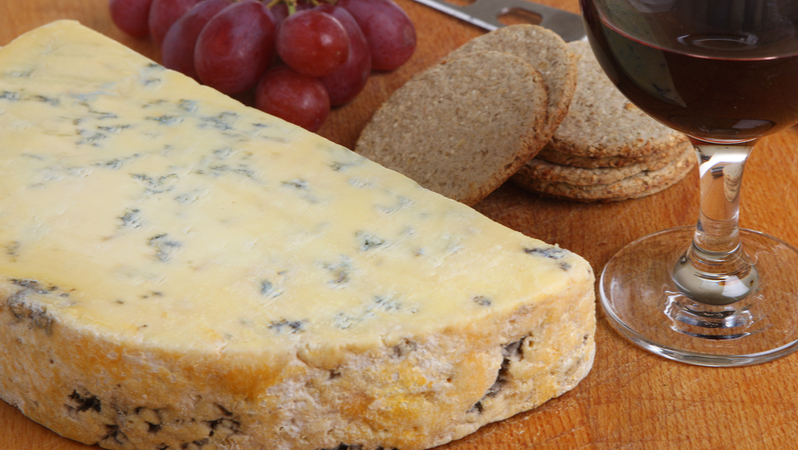
When choosing wines to pair with cheese, everything depends on when you plan to eat the cheese course. Served at the start of the meal, the best option is a light, dry white, which will stimulate the appetite and ensure you’re not full before the main meal starts. If you’re eating cheese after your entree (as is popular in many European countries), look no further than Portugal’s sweet, red, fortified port wines.
Port reaches an ABV content of up to 20 percent through fortification with a grape spirit. The spirit is added during fermentation, halting alcohol production and crucially leaving residual sugar. For this reason, theses wines are generally served with dessert.
There are various styles of port, ranging from the bright, young ruby, to bottle-aged and complex vintage port. All can be enjoyed with cheese, with pungent blue Stilton offering a classic pairing.
Port and Stilton work so well together because the wine’s sweetness is balanced by the saltiness of the creamy blue cheese.
Burger and Malbec
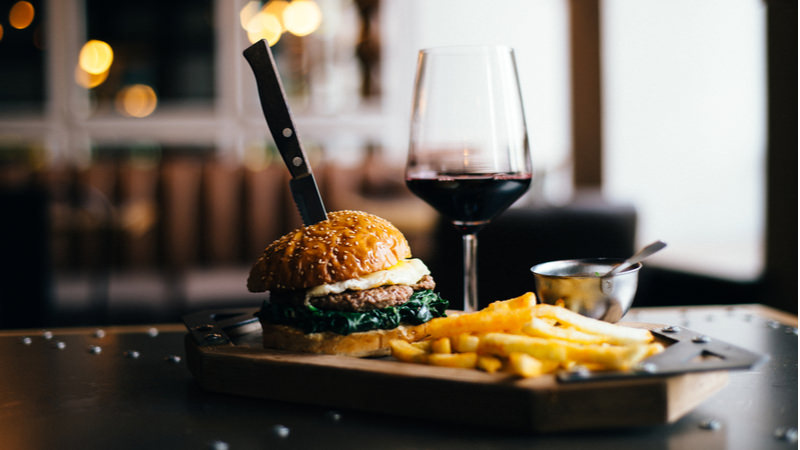
When it comes to finding a wine pairing for the ultimate crowd-pleasing dish, what could be better than a delicious, crowd-pleasing red, such as Malbec?
Typically vinified to an easy-drinking style, with pleasant tannins and just enough acidity, Malbec’s ripe fruit notes pair well with a juicy burger. The ripeness of the fruit notes, too, which can be perceived as sweetness, are an asset if you introduce tomato ketchup and pickles to the dish.
Some prefer lighter reds with burgers, like Pinot Noir. This writer disagrees because the wine’s subtle charms can easily become lost or overpowered. A tannic Cabernet Sauvignon, on the other hand, can dominate the dish. Malbec strikes a perfect balance.
Red Sauce and Sangiovese
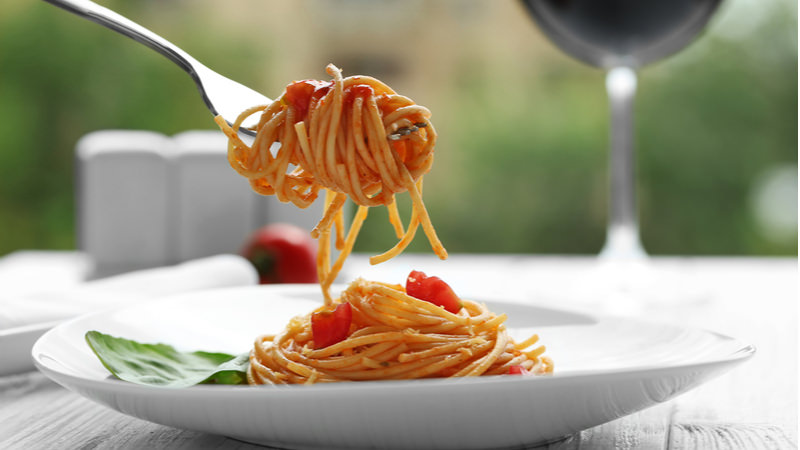
Sangiovese is the leading red variety in Italy’s Chianti wines. Typical tasting notes include red fruits, tomatoes, and dried oregano. The latter two descriptors also feature prominently in traditional tomato sauces, making this pairing a no-brainer.
Sangiovese wines range in style from fruit-forward to tannic and savory. The younger, fruity style interacts best with sweet tomato sauce, with the wine’s peppery and clove-spice flavors adding further seasoning to the dish. Young Sangioveses also tend to be more affordable, making them ideal for midweek pasta nights.
